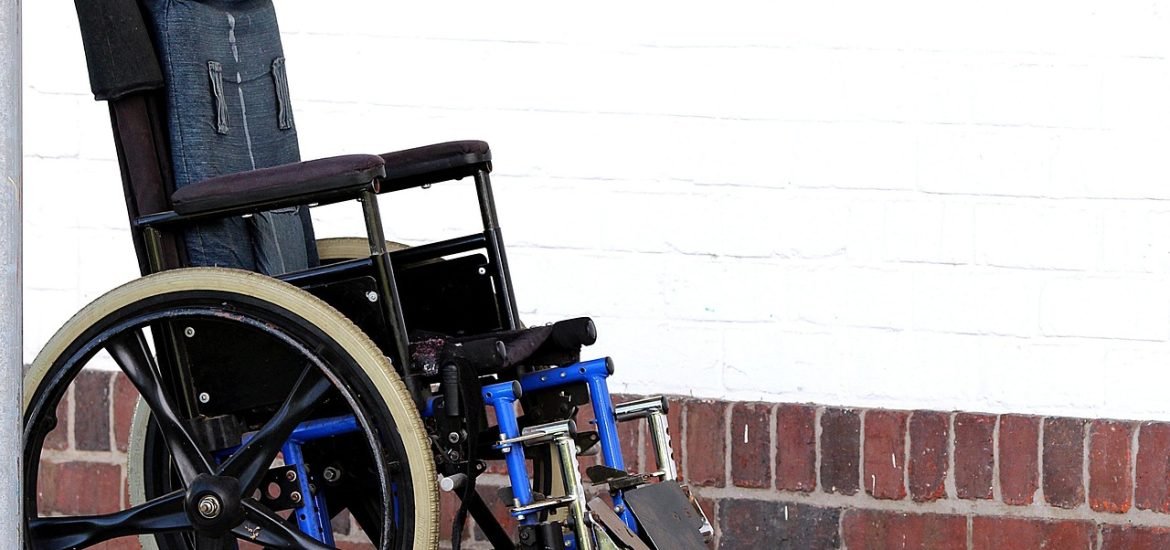
Researchers from EPFL, Università San Raffaele, and Scuola Sant’Anna developed a new way to reduce muscle spasticity in patients with incomplete spinal cord injury, which may help them walk again, according to a study published in the journal Science Translational Medicine.
Doctors are already using electrical stimulation of the spinal cord, but patients with muscle spasms experience limited benefits from this treatment due to the unpredictable behaviour of involuntary muscle stiffness related to spasticity. This affects about 70% of patients with spinal cord injuries.
The new treatment targets the spinal cord with high-frequency electrical stimulation to block muscular contractions. Its aim is to allow patients with spasticity to access rehabilitation protocols that were previously inaccessible.
“We’ve found that high frequency electrical stimulation of the spinal cord, coupled with the usual continuous, low-frequency spinal stimulation, is effective during rehabilitation after spinal cord injury, overcoming muscular stiffness and spasms in paralyzed patients and effectively assisting the patients during locomotion,” explained Silvestro Micera, professor at EPFL’s Neuro X Institute and Scuola Sant’Anna.
“This is a safe and effective surgical procedure that offers a new perspective in the treatment of patients with severe damage to the spinal cord. We are planning to extend the indications to different clinical conditions we will define in the next month. We are deeply grateful to the patients who trusted us,” added Pietro Mortini, Head of the Neurosurgery and Stereotactic Radiosurgery Unit at IRCCS Ospedale San Raffaele (Milan) and full professor of Neurosurgery at the University Vita-Salute San Raffaele.
Using electrical stimulation is an indirect way to target the motor neurons that make muscles move: the backside of the spinal cord contains sensory neurons, which in turn communicate with the motor neurons. Muscle spasticity makes these spinal circuits overreactive. Under normal circumstances, the spinal cord is naturally overreactive to stimuli, but the brain partly inhibits these motor circuits. The problem is that, in patients with spinal cord injuries, these inhibitory mechanisms from the brain are lost. By stimulating the motor circuits, the authors found that high-frequency stimulation of the spinal cord can block over-reactivity without producing discomfort.
“At this stage, we can only speculate that high-frequency stimulation acts as a kilohertz block that prevents muscle spasticity,” said Micera. “The clinical data with the two patients point to the benefits of implementing high-frequency stimulation for reducing muscle stiffness and spasms in paralysis. More experiments will be necessary to confirm the potentials of this approach,” concluded Mortini.
Romeni S et al., High-frequency epidural electrical stimulation reduces spasticity and facilitates walking recovery in patients with spinal cord injury.Sci. Transl. Med.17,eadp9607(2025).DOI:10.1126/scitranslmed.adp9607